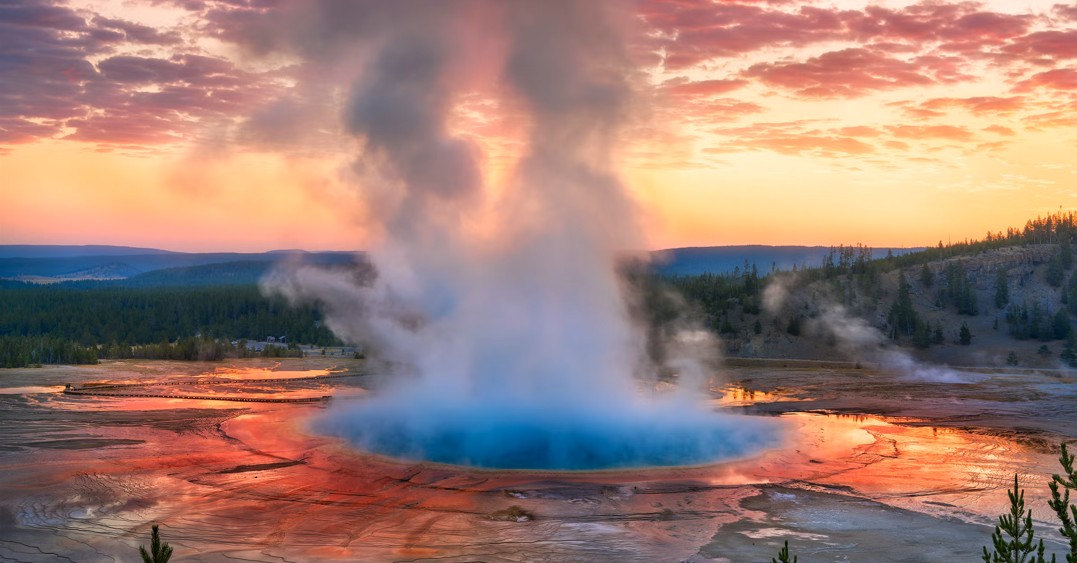
We might soon live in a world where the Owl City song is our only reminder of fireflies, with the real insects having vanished. This grim future is exactly what scientists and researchers are warning us about. Raphaël De Cock, a firefly researcher whose work was featured in National Geographic, focused his PhD thesis on firefly larvae, inspired by one he found as a child. Sadly, a widely shared experience is the noticeable decline in firefly numbers compared to our childhoods. Experts globally confirm this alarming trend, affirming that this anecdotal observation holds scientific weight, as firefly species are dwindling worldwide.
Fireflies are enchanting insects renowned for illuminating summer nights with their bioluminescent displays. They are part of the Lampyridae family, which comprises over 2,000 described species, many capable of light emission. These soft-bodied beetles are widely recognized as fireflies, lightning bugs, or glowworms, named for the unique light they produce, primarily at dusk, to attract mates. Lampyris noctiluca, the common glow-worm of Europe, is the type species. It is thought that light production in Lampyridae initially evolved as a warning mechanism, signaling that their larvae were unpalatable.
This light-producing ability subsequently evolved into a mating signal. Interestingly, adult female fireflies of the Photuris genus are known to imitate the flash patterns of Photinus beetles to lure their males, capturing them as prey. While all known firefly larvae glow, not all species continue to produce light as adults. Furthermore, the light organ’s position varies both between different species and between sexes within the same species.
Humans have been fascinated by fireflies since ancient times; in various cultures, their presence carries diverse meanings. They are particularly cherished for their aesthetic appeal in Japan, notably in Miyazaki films, where dedicated parks are even established for observing them. Tragically, these magical insects are rapidly vanishing from our environments. Recent studies suggest that we might be the final generation to witness their captivating luminescence. Therefore, comprehending the causes of their decline is paramount for effective conservation.
Fireflies typically inhabit temperate and tropical regions, flourishing particularly in damp locales such as wetlands, marshes, and humid forests. Such environments are crucial for their larvae, as these young fireflies spend much of their development buried in soil or hidden beneath fallen leaves. However, the growth of cities, expanding farmlands, and the clearing of forests have caused these essential habitats to be destroyed and broken apart, posing growing challenges for firefly survival and reproduction.

Nighttime artificial illumination, known as light pollution, severely affects fireflies. The majority of firefly species depend on their innate ability to produce light for courtship displays. Light emitted from sources like streetlights, billboards, and other human-made illuminations can disrupt these vital signals, resulting in failed mating attempts and fewer fireflies. Research indicates that light pollution represents a rapidly escalating danger to firefly preservation, in certain areas surpassing the harm caused by habitat destruction.
Agricultural pesticides, used extensively, present a major danger to fireflies. Such chemicals are not only directly lethal to adult fireflies but also decimate the populations of their crucial prey, like snails and slugs, which are vital for larval development. Furthermore, these substances can pollute water bodies, worsening the degradation of the fragile ecosystems where fireflies live.
Global climate shifts are modifying the temperature and humidity within firefly habitats, thereby impacting their life cycles. Elevated temperatures may cause mating seasons to start prematurely or become unsynched, resulting in fewer successful breeding events. Altered rainfall patterns can likewise affect the presence of appropriate dwelling places and food sources, adding more pressure to firefly populations.
The dwindling numbers of fireflies serve as a powerful testament to the wider ecological issues confronting us. Their vanishing act indicates the deterioration of natural systems that sustain innumerable other forms of life, humanity included. Therefore, it is crucial that we collectively act to tackle the various causes leading to their decrease. Worldwide initiatives are currently in progress to safeguard and preserve firefly numbers. These efforts encompass:
- Restoring habitats: Involves revitalizing wetlands and forested areas to create appropriate living conditions for fireflies.
- Mitigating light pollution: Entails putting in place strategies to lessen artificial illumination in vital firefly regions.
- Adopting sustainable farming: Encourages the adoption of environmentally benign pest control and agricultural methods.
- Launching public education drives: Aims to inform communities about the significance of fireflies and methods for their protection.
Source: National Geographic





